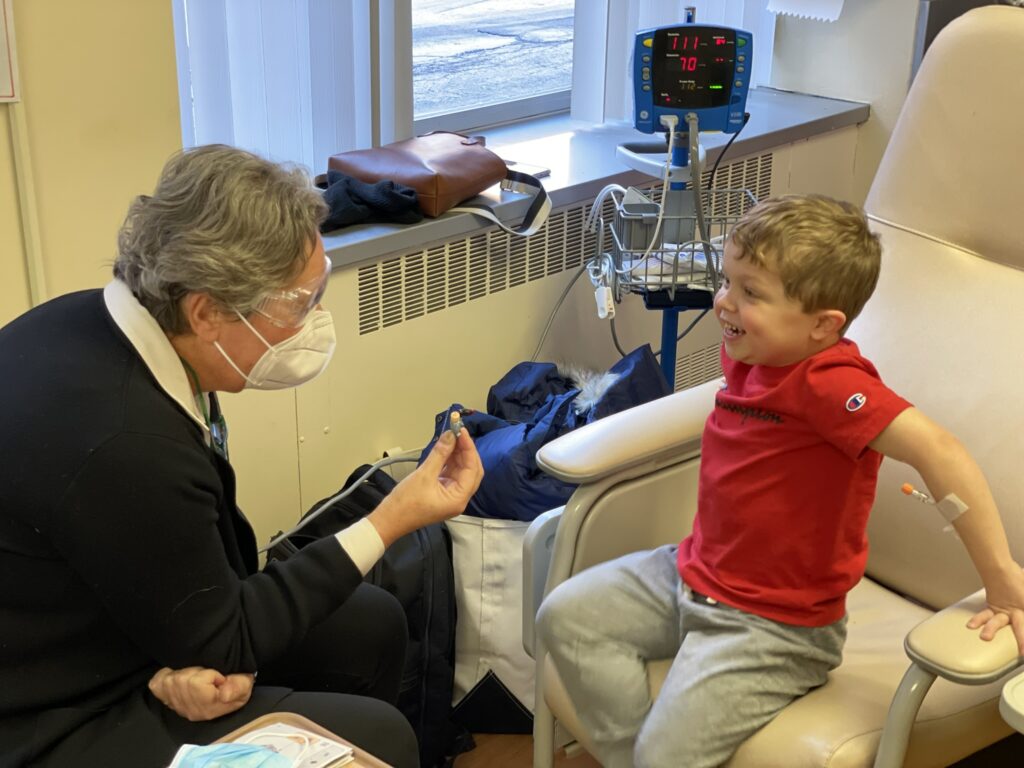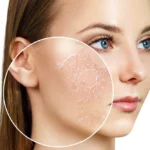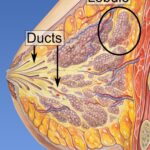Duchenne Muscular Dystrophy (DMD) is one of the most severe forms of muscular dystrophy, a group of disorders that cause progressive muscle degeneration and weakness. It primarily affects males, with symptoms often appearing in early childhood. Understanding DMD requires a deep dive into its symptoms, genetic causes, diagnosis, and treatment options. In this article, we will provide a detailed exploration of Duchenne Muscular Dystrophy, from its genetic underpinnings to the latest advancements in care.

What is Duchenne Muscular Dystrophy?
Duchenne Muscular Dystrophy is a genetic disorder that causes progressive muscle weakness and degeneration. It primarily affects skeletal muscles, leading to a loss of mobility, and, in the later stages, impacts respiratory and cardiac muscles. DMD is caused by mutations in the dystrophin gene, which is responsible for producing dystrophin, a protein essential for muscle function. Without dystrophin, muscle cells become damaged and eventually die, leading to the debilitating symptoms associated with this condition.
Genetic Basis of Duchenne Muscular Dystrophy
DMD is inherited in an X-linked recessive manner, meaning the gene responsible for the condition is located on the X chromosome. Since males have only one X chromosome, a mutation in this gene leads to DMD. Females, with two X chromosomes, typically serve as carriers of the disease, showing no symptoms but having a 50% chance of passing the mutated gene to their offspring.
The dystrophin gene is one of the largest genes in the human genome. Mutations in this gene, whether deletions, duplications, or point mutations, result in the absence or malfunction of dystrophin, leading to muscle cell fragility. The severity and progression of DMD depend on the nature of the mutation, but the disorder typically manifests before the age of 5.
Early Symptoms and Diagnosis of Duchenne Muscular Dystrophy
Duchenne Muscular Dystrophy usually presents in early childhood, with the first signs often appearing between 2 and 5 years of age. Initial symptoms include delayed motor milestones, such as difficulty in walking, running, or climbing stairs. The following are common early signs of DMD:
- Muscle Weakness: A noticeable decline in muscle strength, particularly in the legs and pelvis, makes it difficult for children to perform everyday tasks like standing from a sitting position or climbing stairs.
- Gower’s Sign: This is a distinctive movement pattern where the child uses their hands to “walk” up their own body to stand due to weak thigh muscles.
- Waddling Gait: Children with DMD often develop a characteristic waddling gait due to weakness in the hip muscles.
- Calf Hypertrophy: The calves may appear enlarged due to muscle degeneration and the formation of fatty tissue, a common early sign of DMD.
- Frequent Falls: As muscle strength deteriorates, children with DMD tend to fall more frequently, especially when trying to stand or walk.
Genetic Testing and Diagnosis
Diagnosis of Duchenne Muscular Dystrophy typically involves several steps:
- Clinical Examination: A thorough physical exam is conducted to assess muscle strength, coordination, and the presence of characteristic signs such as calf hypertrophy and Gower’s sign.
- Blood Tests: Elevated levels of creatine kinase (CK), an enzyme released during muscle breakdown, often indicate muscle damage and can be a first step in diagnosing DMD.
- Genetic Testing: The most definitive diagnostic test involves genetic analysis to identify mutations in the dystrophin gene. This may involve techniques such as polymerase chain reaction (PCR) or next-generation sequencing (NGS).
- Muscle Biopsy: In some cases, a muscle biopsy may be performed to examine the presence of dystrophin and confirm the diagnosis.
Progression of Duchenne Muscular Dystrophy
The progression of Duchenne Muscular Dystrophy is typically rapid and leads to the loss of mobility by the early teens. Over time, the disease affects more muscle groups, leading to:
- Loss of Ambulation: Most individuals with DMD will lose the ability to walk by the age of 12. This is primarily due to the deterioration of the muscles in the legs and pelvis.
- Respiratory Complications: As the diaphragm and chest muscles weaken, individuals with DMD often experience respiratory difficulties, including frequent respiratory infections and reduced lung capacity. This may require the use of ventilators in advanced stages.
- Cardiac Involvement: Heart muscle involvement becomes more pronounced with age. As the heart muscle weakens, individuals with DMD are at increased risk of cardiomyopathy and heart failure.
Life Expectancy
Historically, the life expectancy of individuals with Duchenne Muscular Dystrophy was limited, with many not surviving beyond their late teens or early twenties. However, advancements in respiratory care, cardiology, and the development of disease-modifying treatments have significantly improved life expectancy. With early diagnosis and intervention, many individuals with DMD are now living into their thirties and beyond.
Treatment and Management of Duchenne Muscular Dystrophy
There is currently no cure for Duchenne Muscular Dystrophy, but treatment options have evolved over the years to improve the quality of life and manage symptoms. The management of DMD focuses on slowing the progression of muscle degeneration, maintaining mobility, and addressing complications such as respiratory and cardiac issues.
Pharmacological Treatments
- Corticosteroids: The most commonly prescribed medication for DMD is corticosteroids like prednisone and deflazacort. These drugs can help slow muscle degeneration and prolong ambulation, though they have potential side effects such as weight gain, bone thinning, and mood changes.
- Exon Skipping Therapies: Recently, therapies like eteplirsen (Exondys 51) and golodirsen (Vyondys 53) have been developed to skip over defective parts of the dystrophin gene, allowing for the production of a partially functional dystrophin protein. These therapies are primarily effective for individuals with specific mutations.
- Gene Therapy: Gene-editing techniques like CRISPR are being explored as potential treatments for DMD. The goal is to correct the mutation in the dystrophin gene, offering a potential cure for the disorder in the future.
Supportive Therapies
- Physical Therapy: Regular physical therapy helps maintain muscle strength and joint flexibility, delaying the onset of contractures and deformities. Stretching, strengthening, and aerobic exercises are often prescribed to improve mobility and prevent muscle stiffness.
- Assistive Devices: As the disease progresses, individuals with DMD may require mobility aids, such as wheelchairs, and respiratory devices, like ventilators, to assist with breathing.
- Cardiac and Respiratory Care: Regular monitoring of heart and lung function is crucial. In some cases, the use of medications to manage heart failure and mechanical ventilation for breathing support becomes necessary.
Ongoing Research and Future Directions
The landscape of Duchenne Muscular Dystrophy treatment is rapidly evolving, with numerous clinical trials underway to explore new therapies. Some promising areas of research include:
- Gene Therapy and Gene Editing: Techniques like CRISPR and viral vector-based gene delivery are being explored to correct the underlying genetic mutations in DMD.
- Stem Cell Therapy: Research into using stem cells to regenerate muscle tissue and promote the production of dystrophin is ongoing.
- Antisense Oligonucleotides: These are short DNA or RNA molecules designed to bind to the RNA transcript of the mutated dystrophin gene, potentially restoring some functional dystrophin production.

